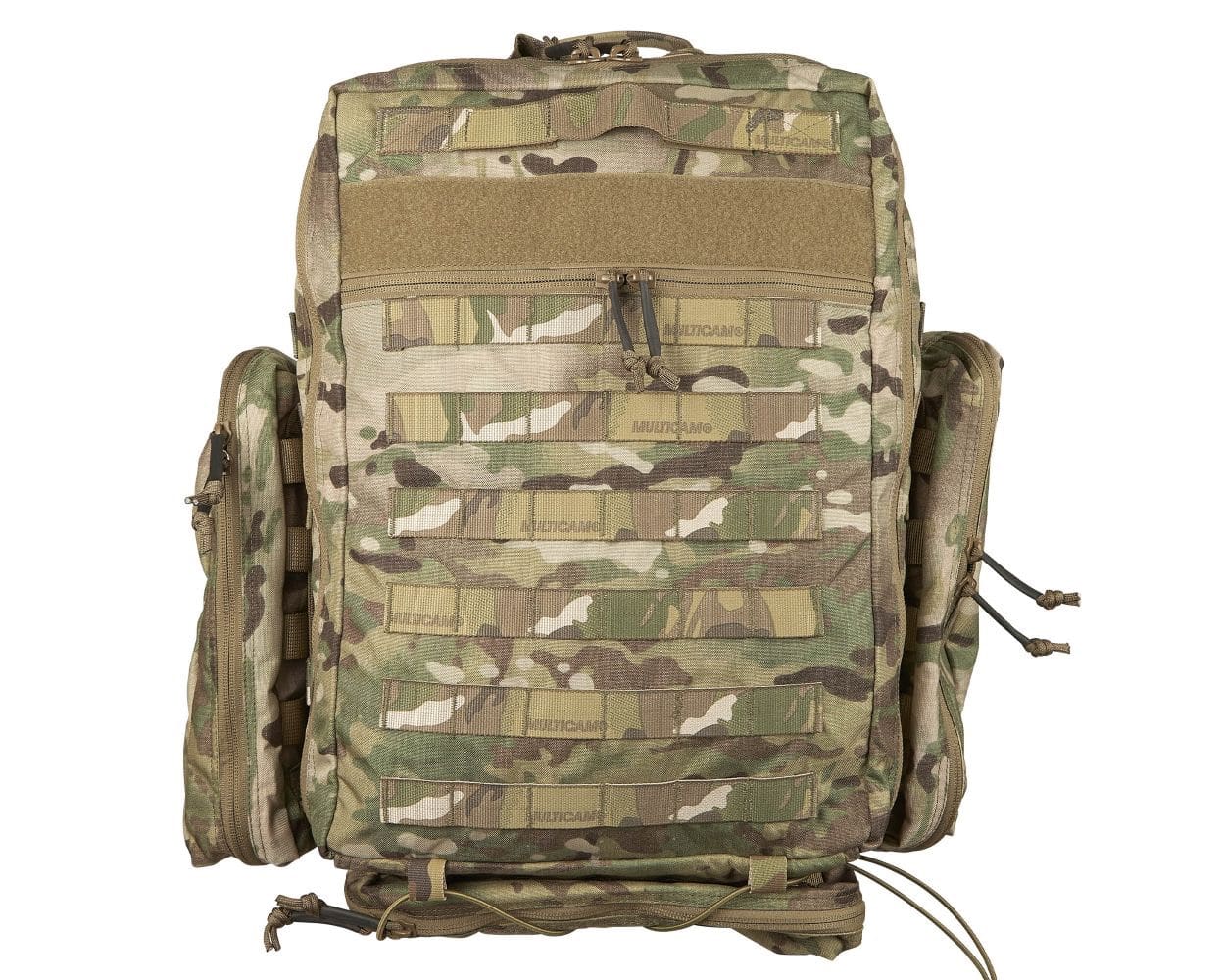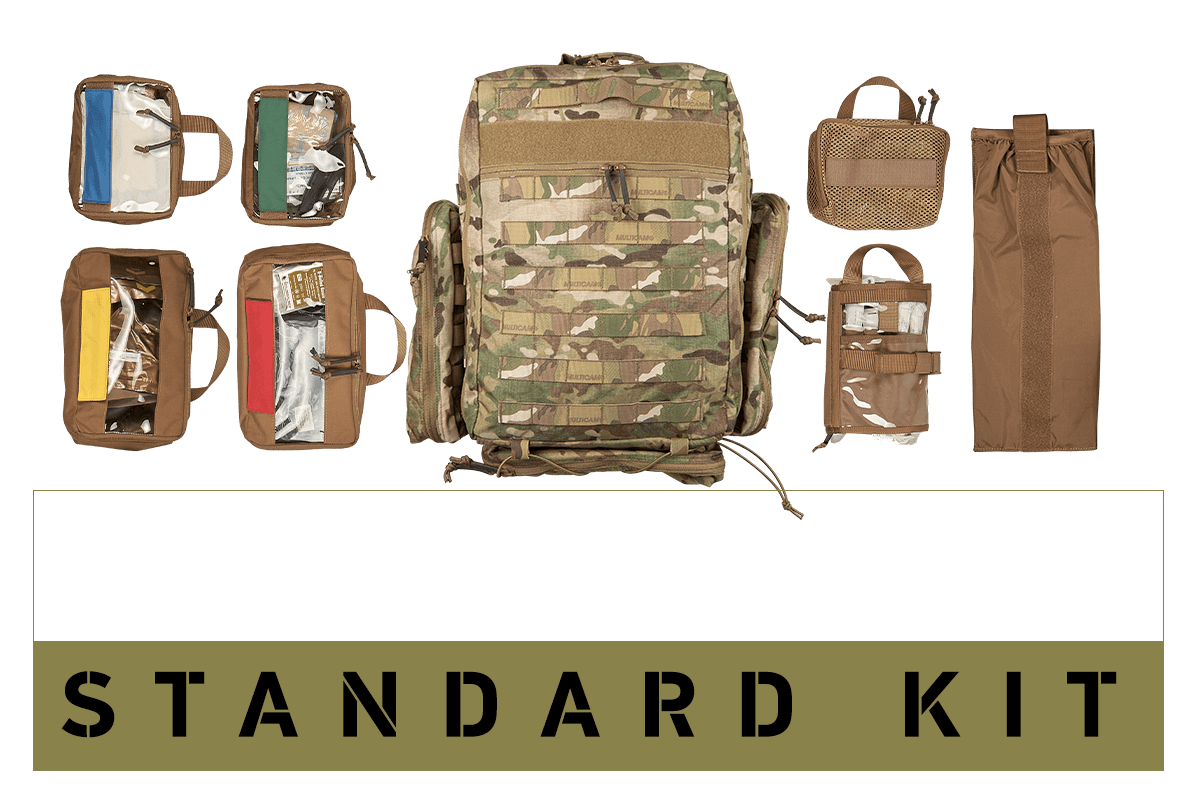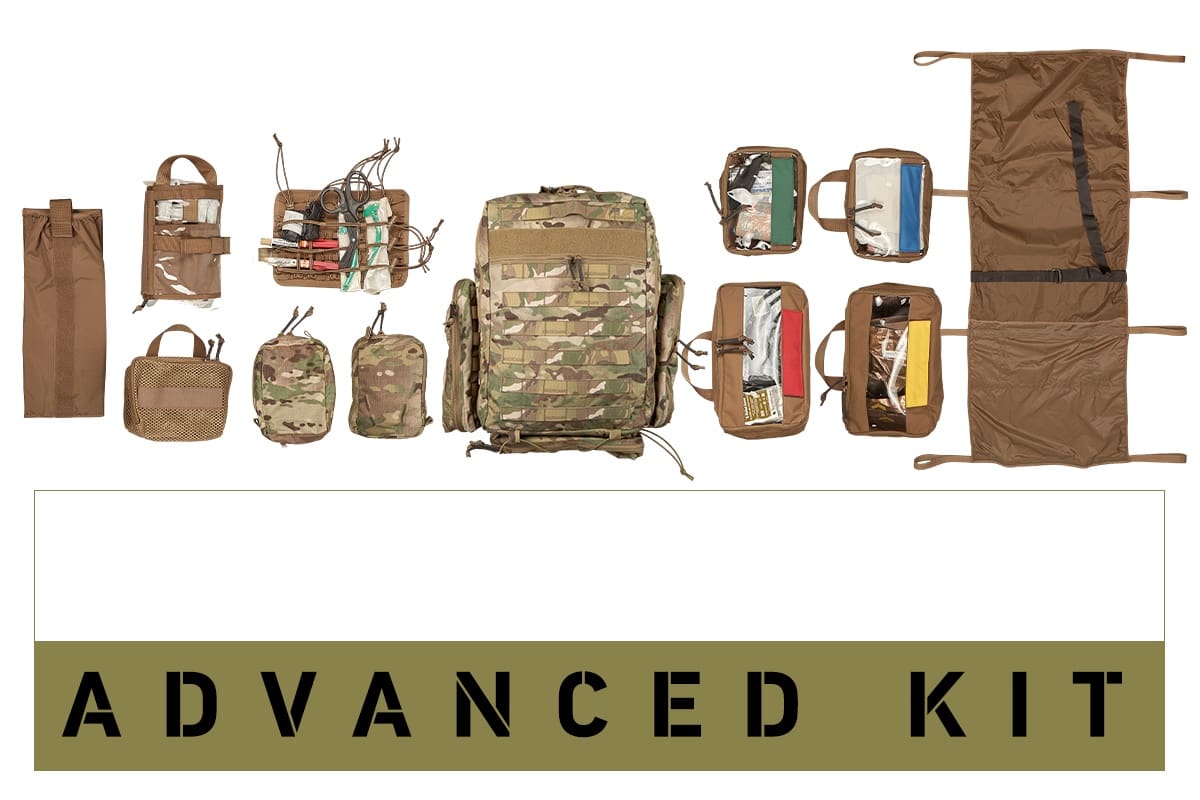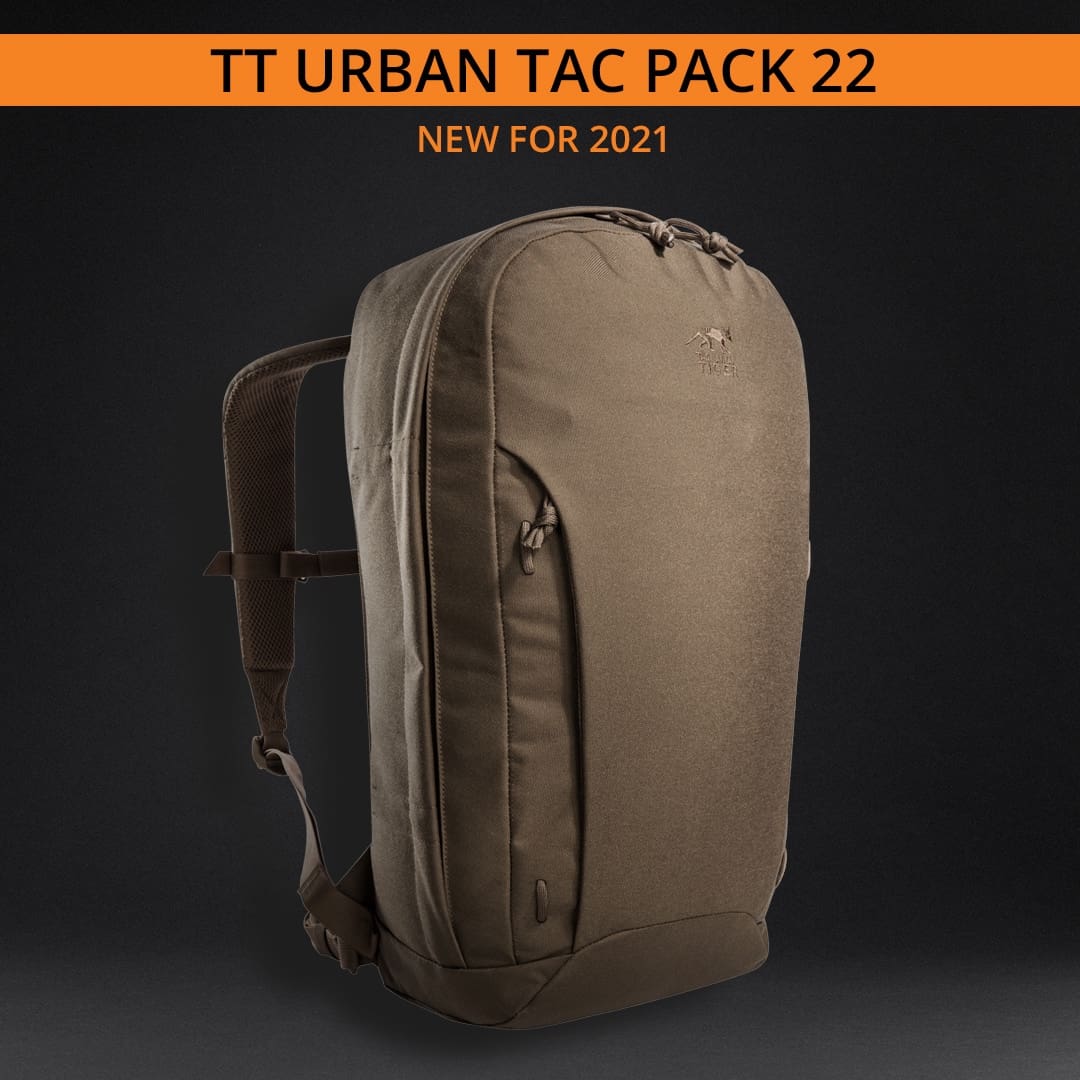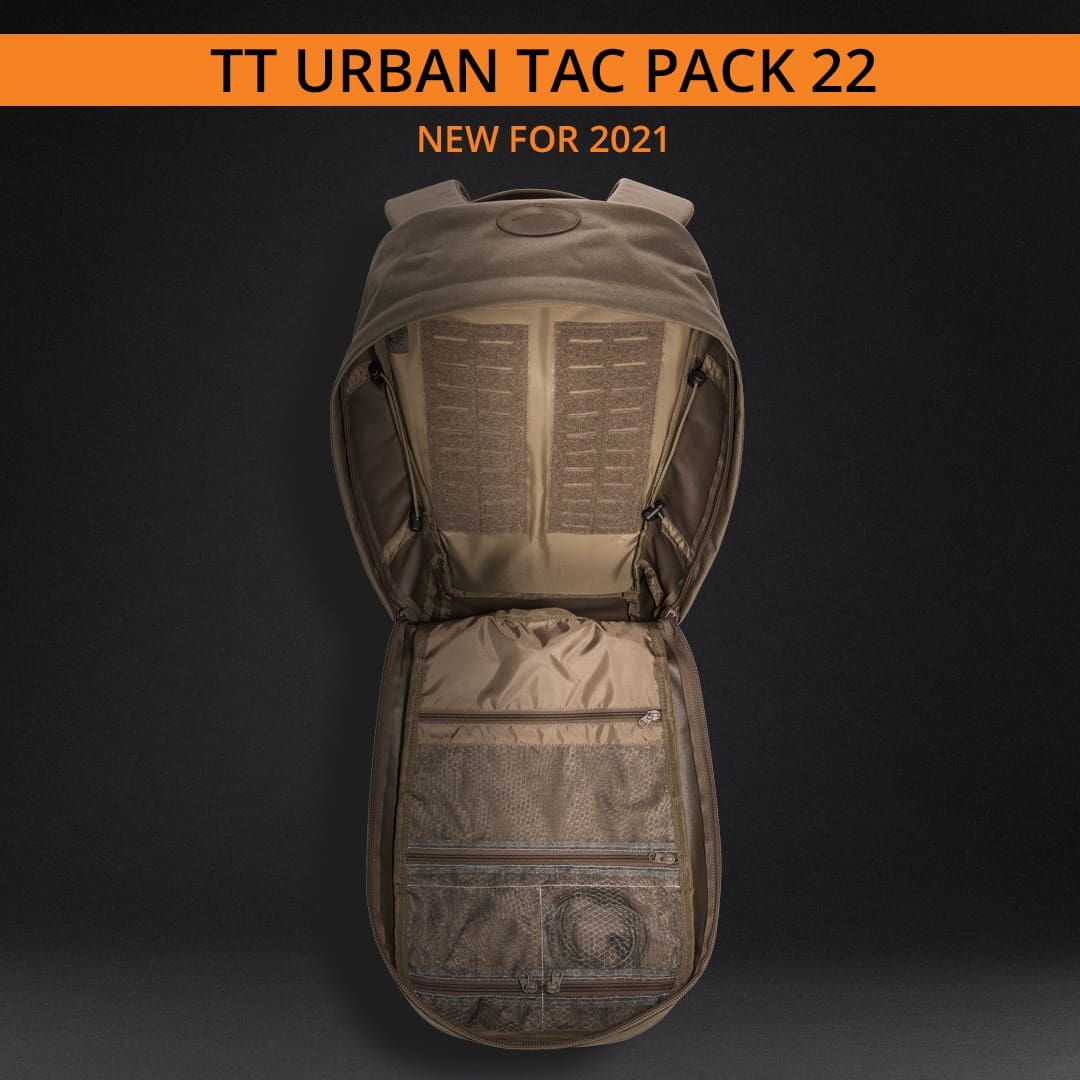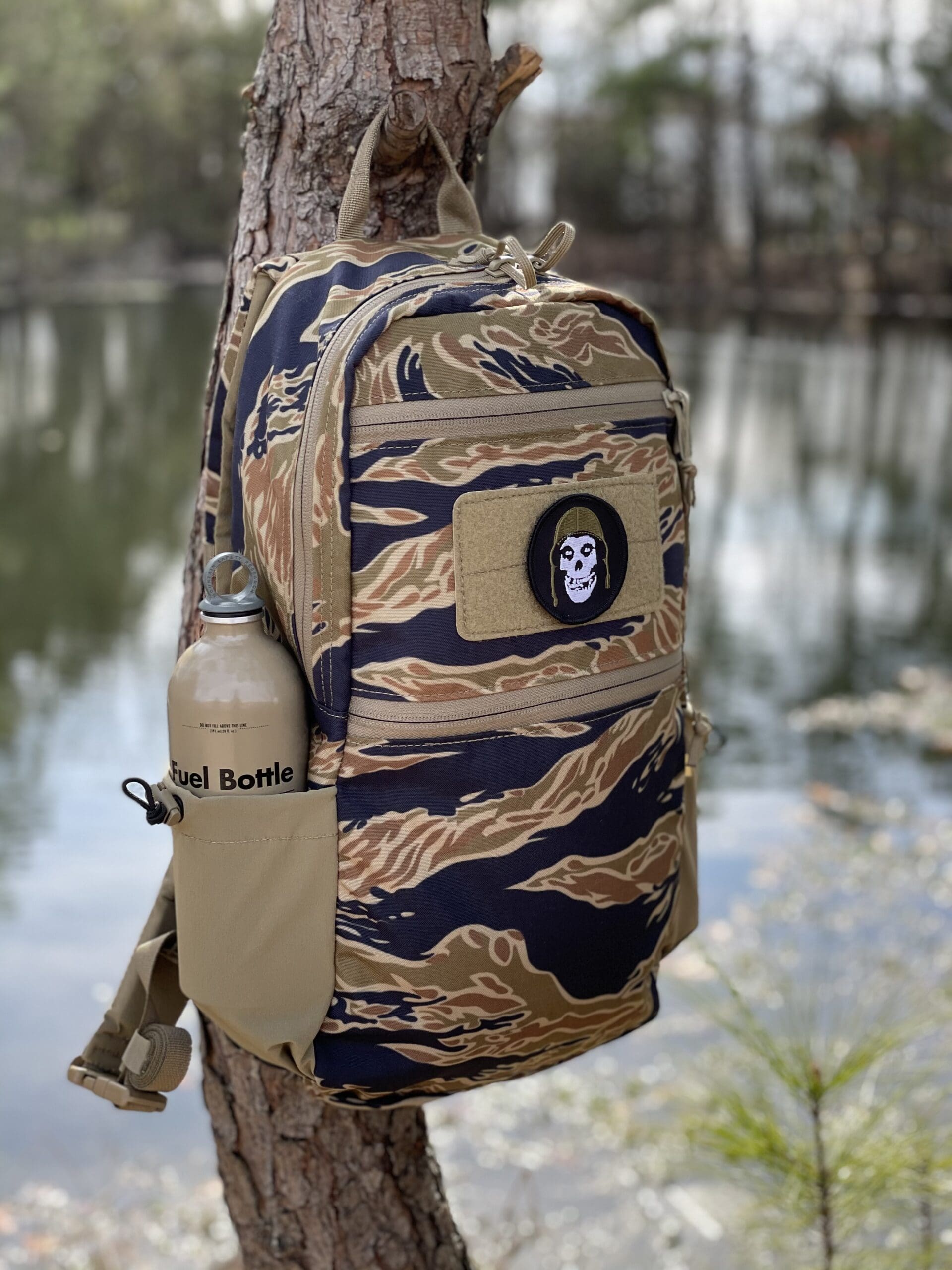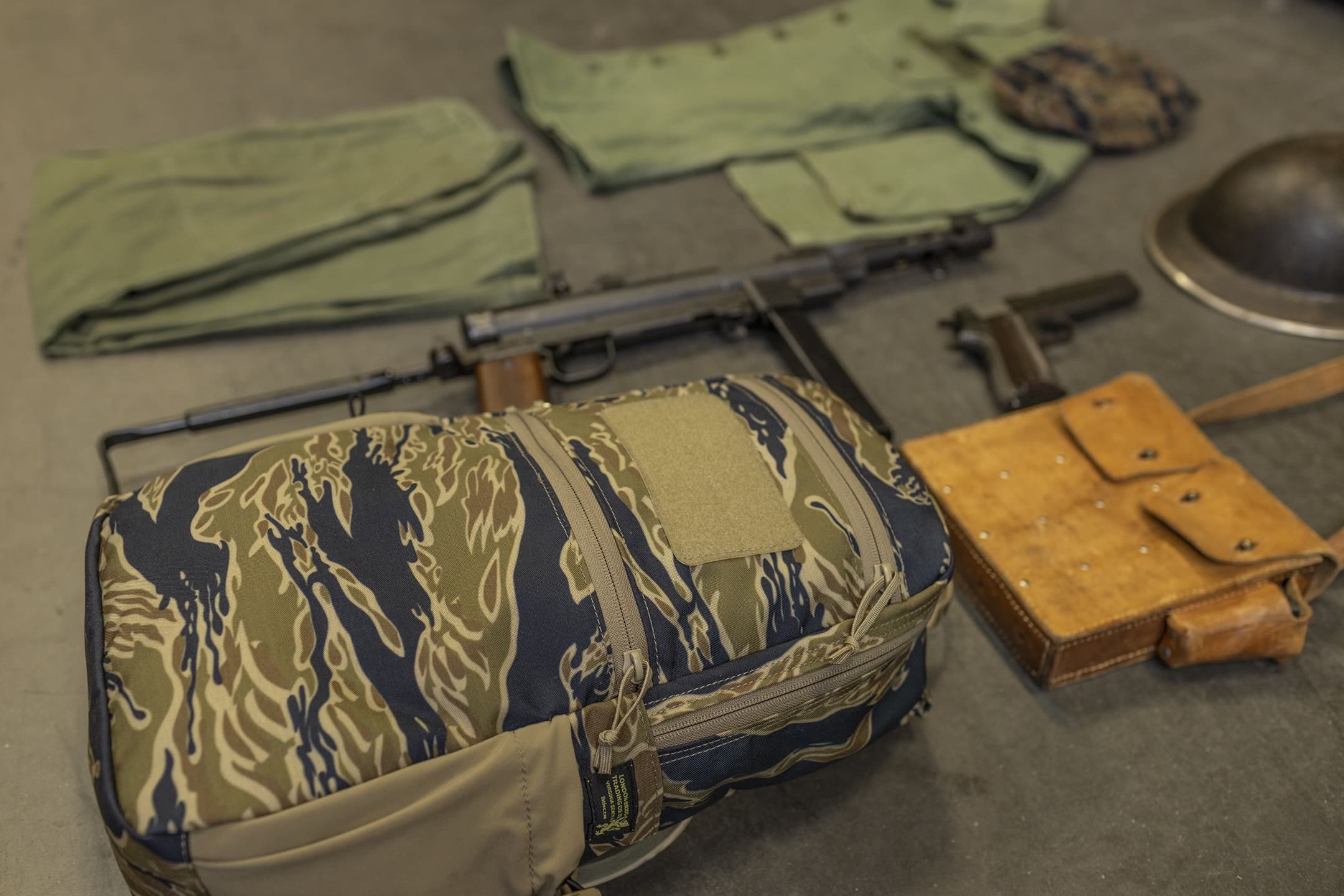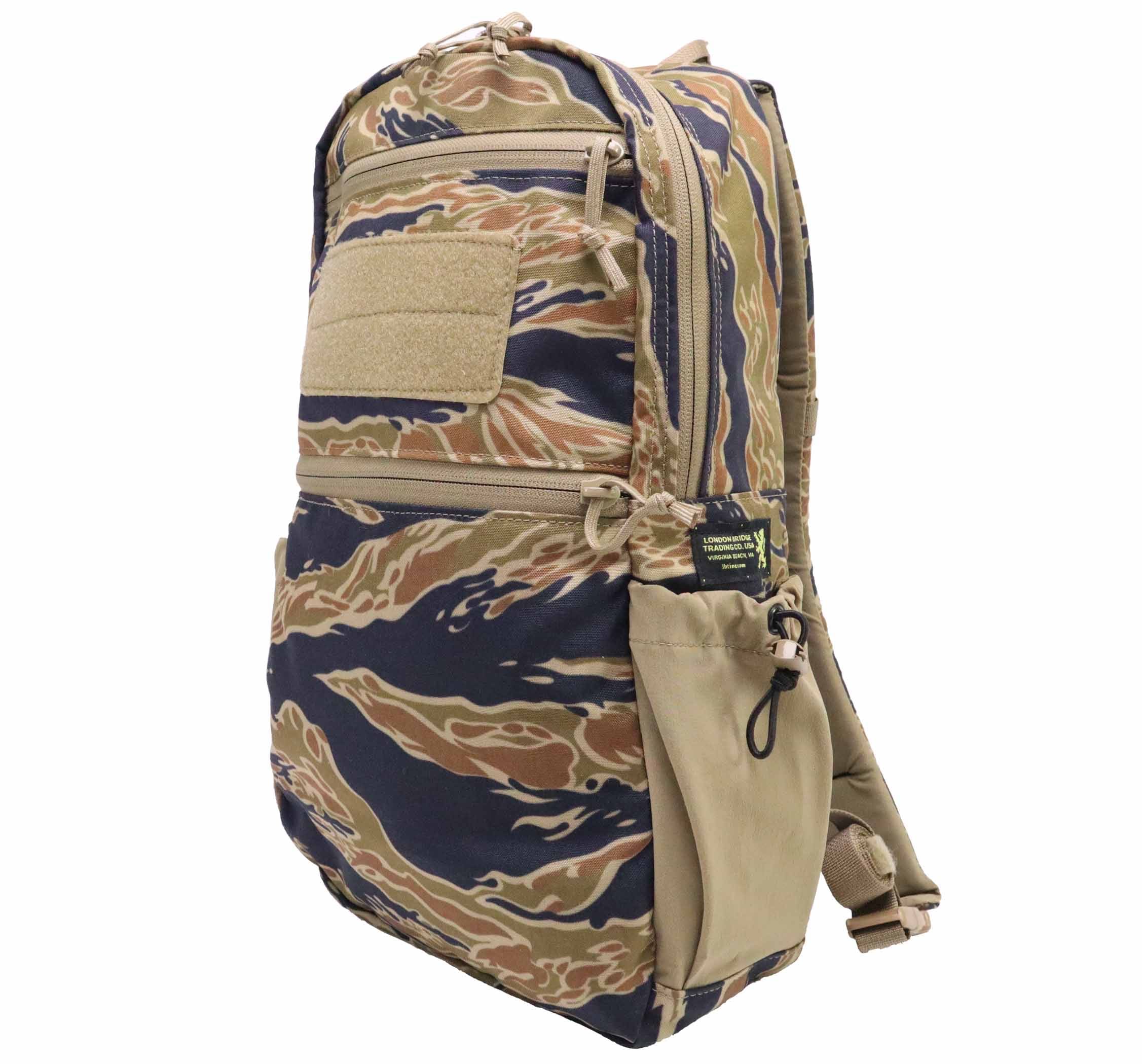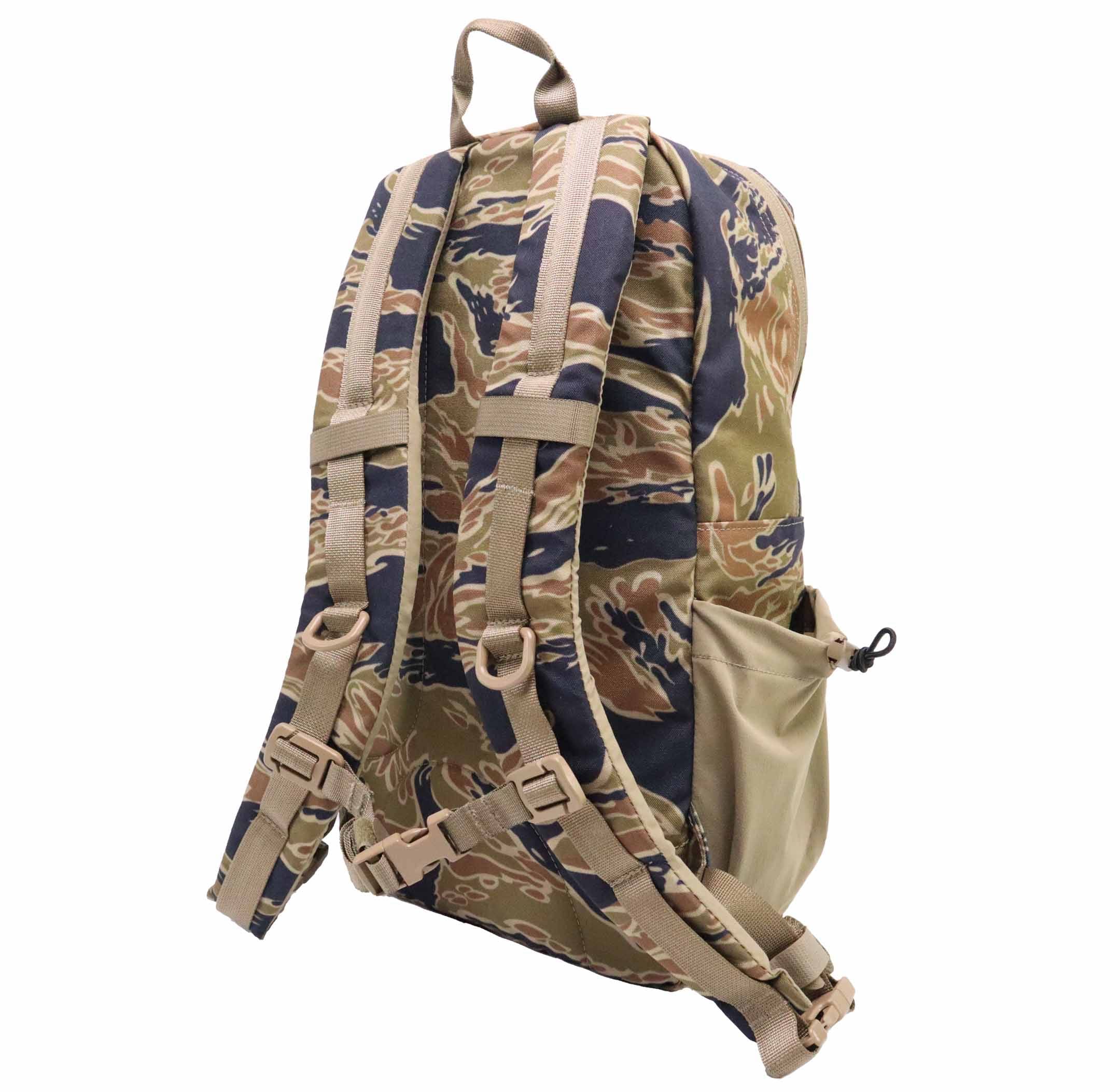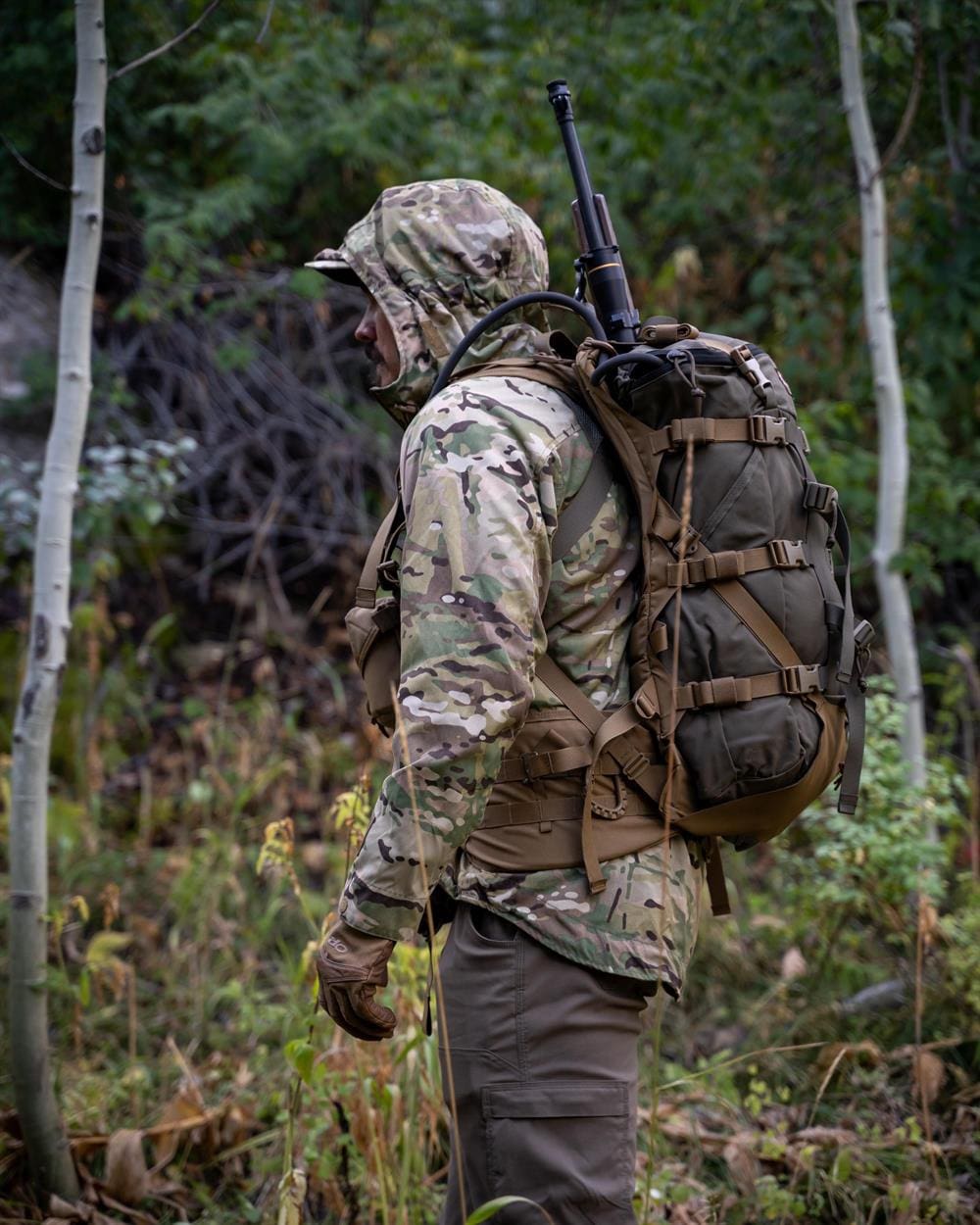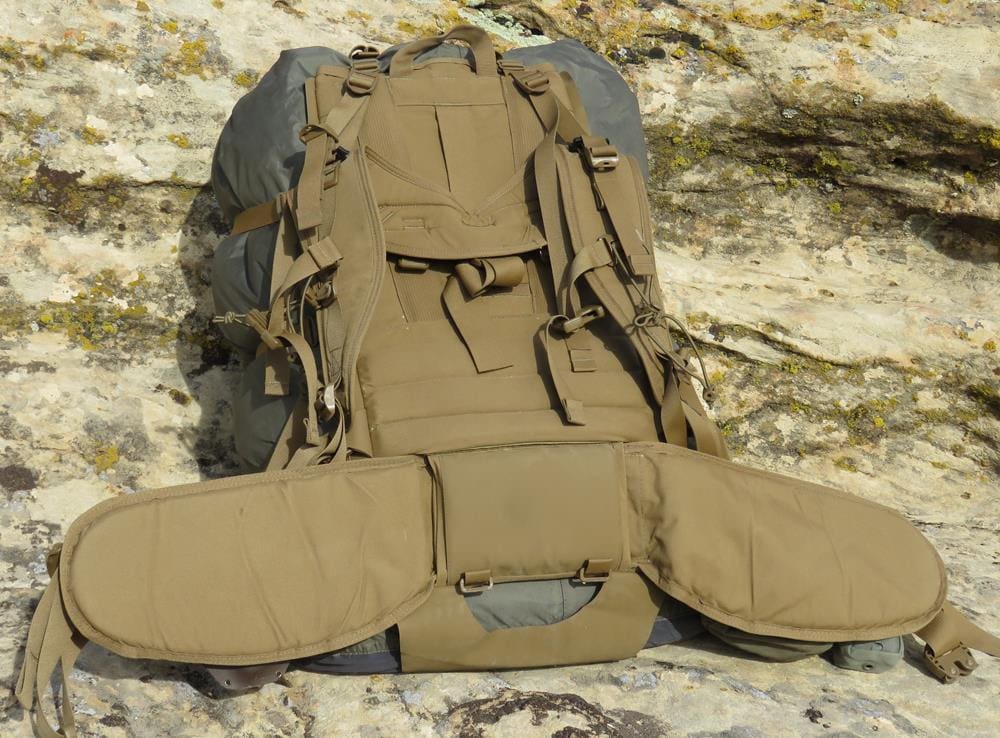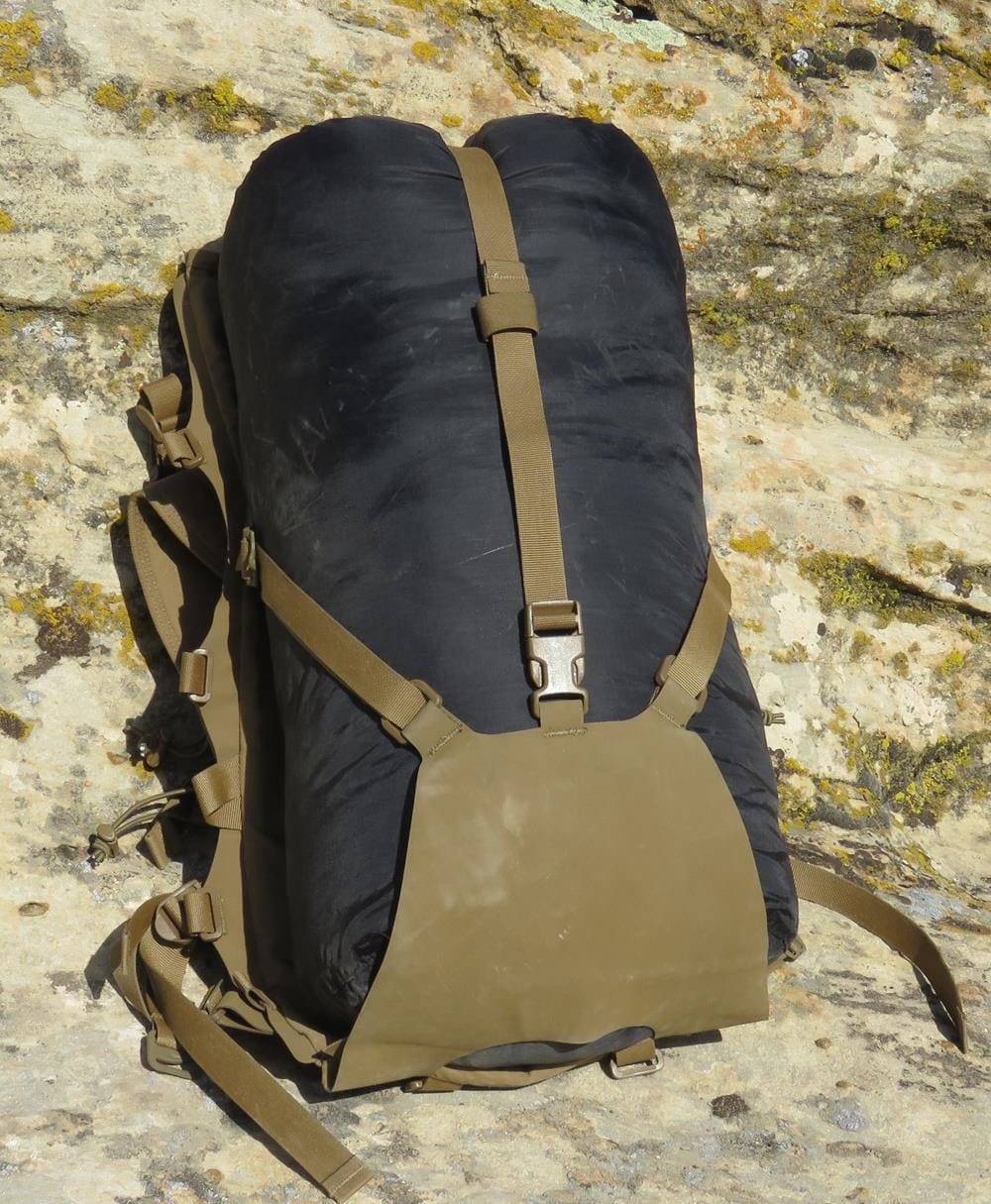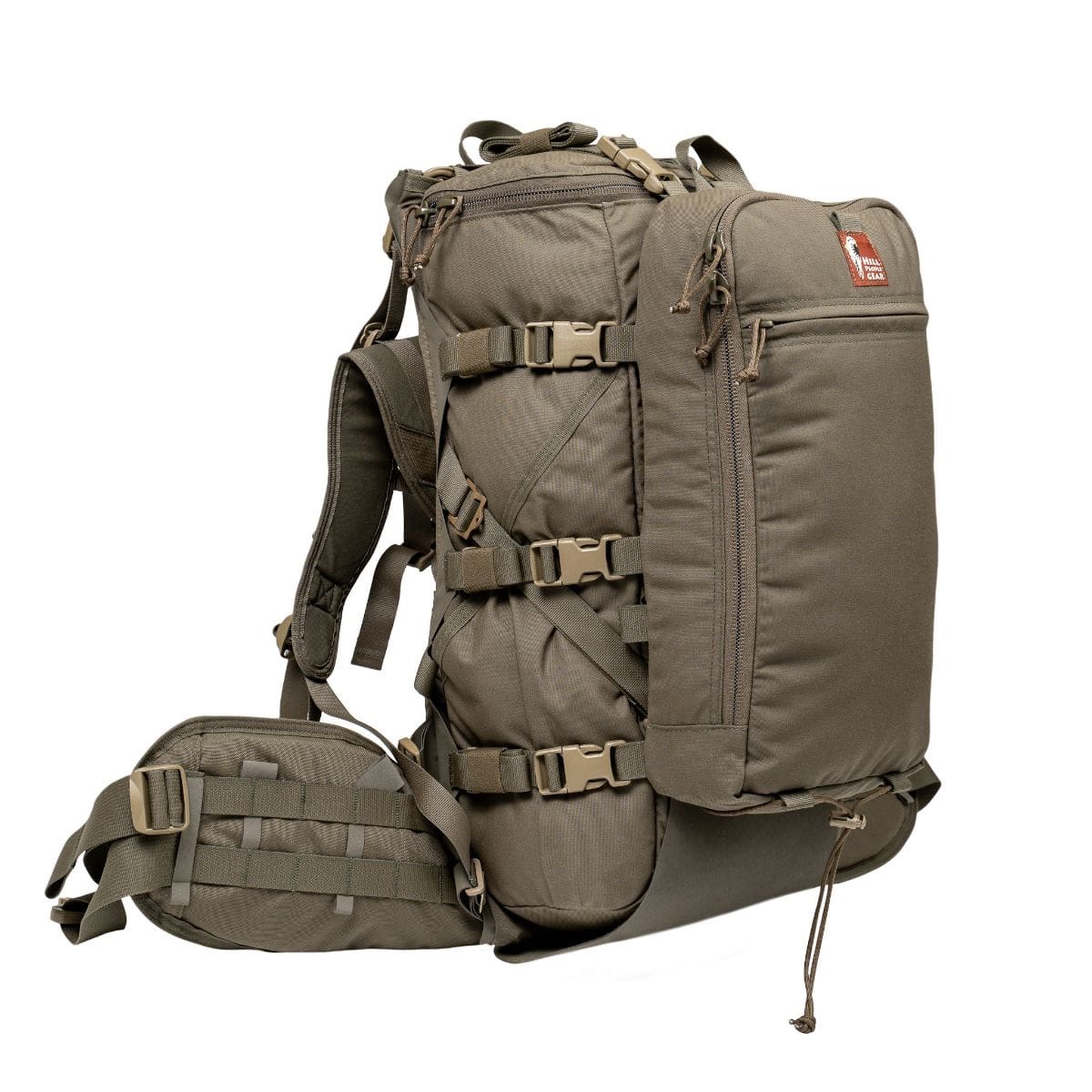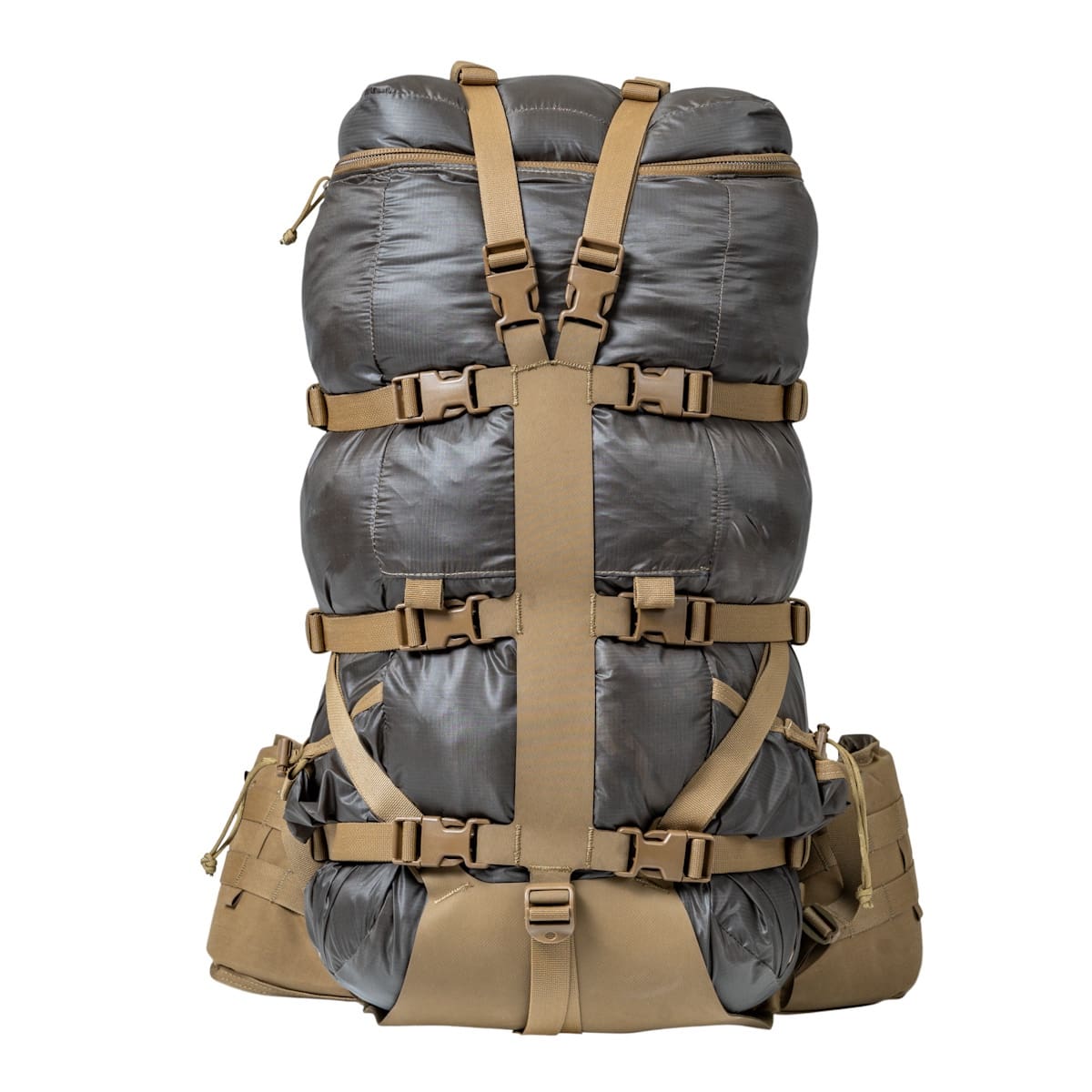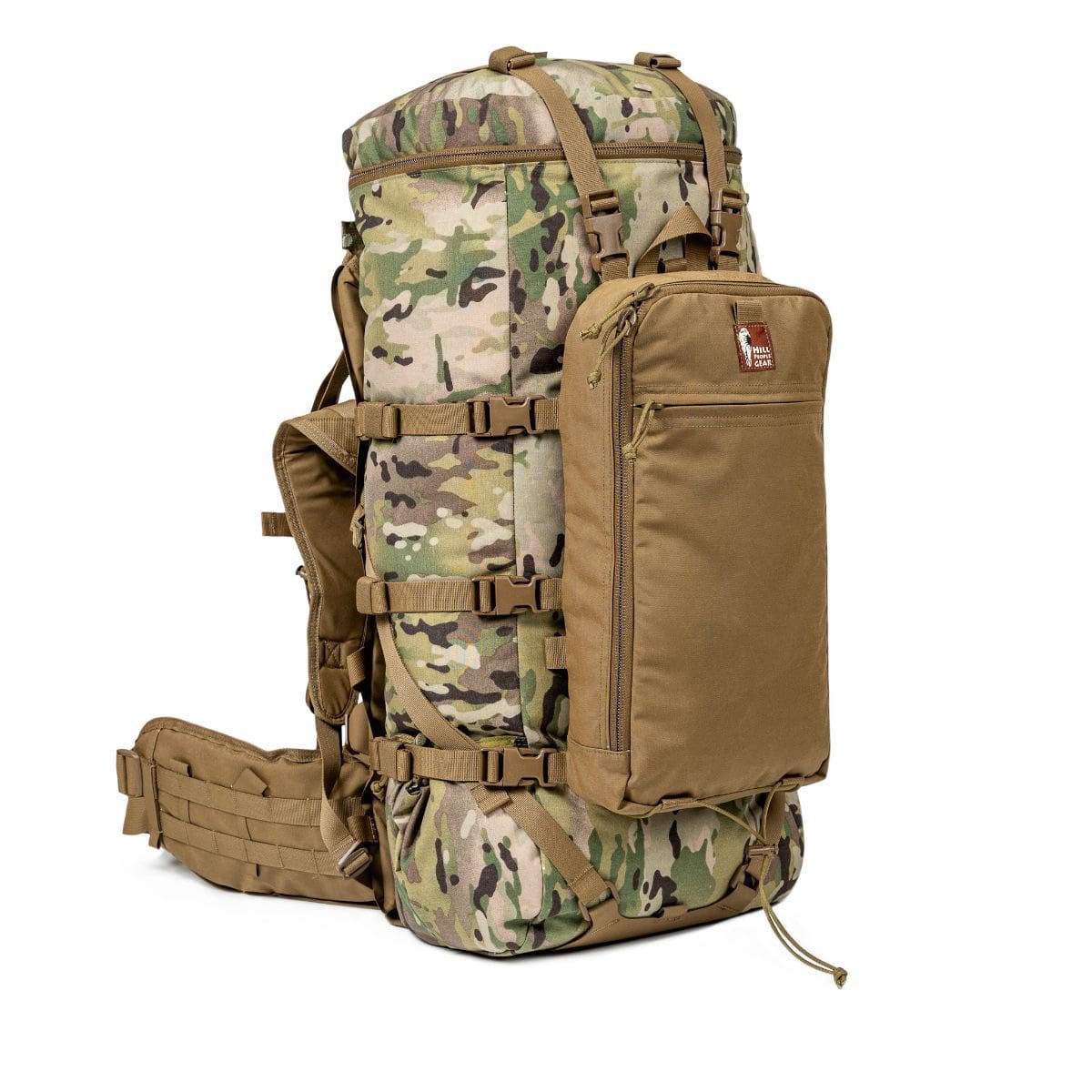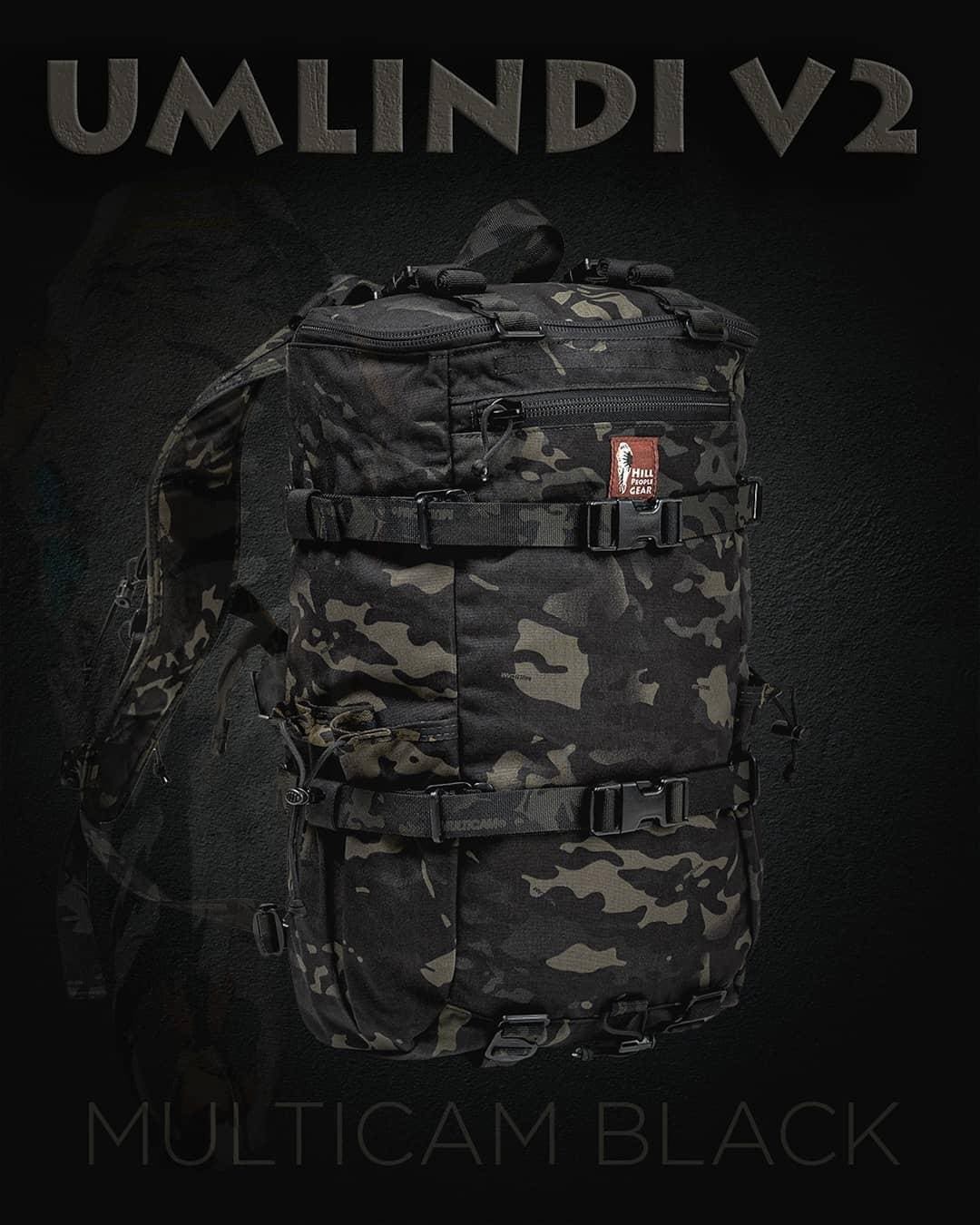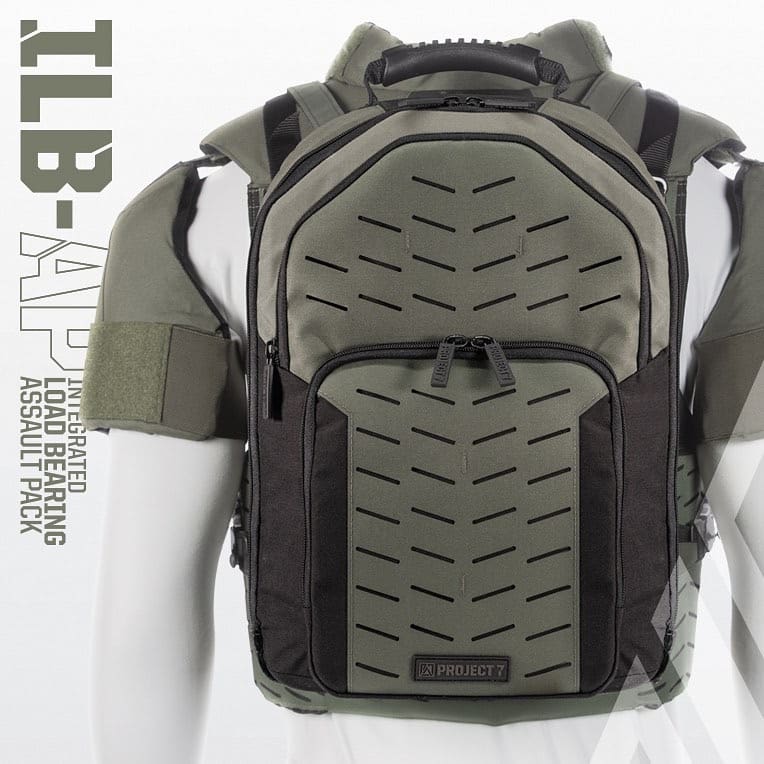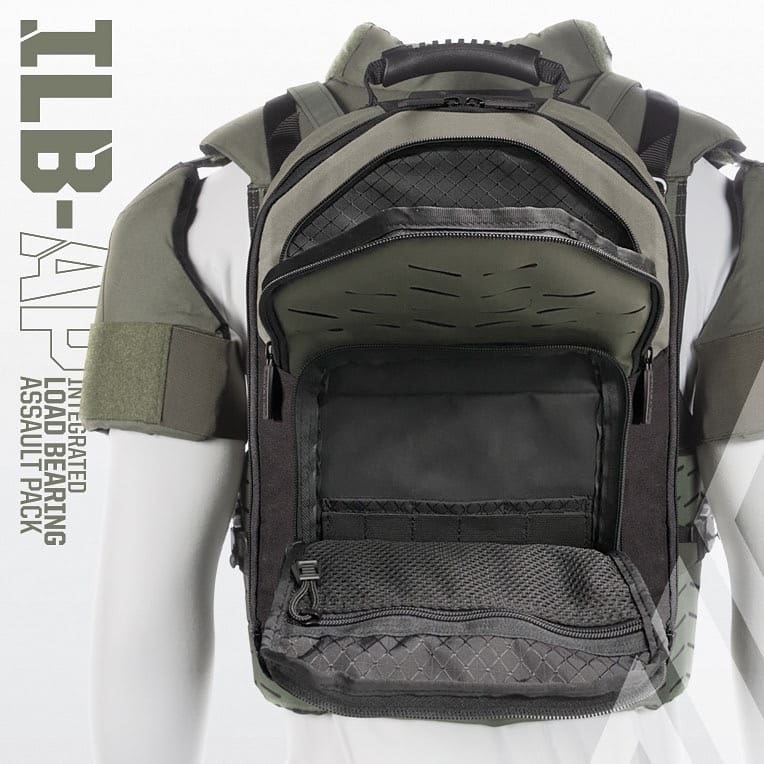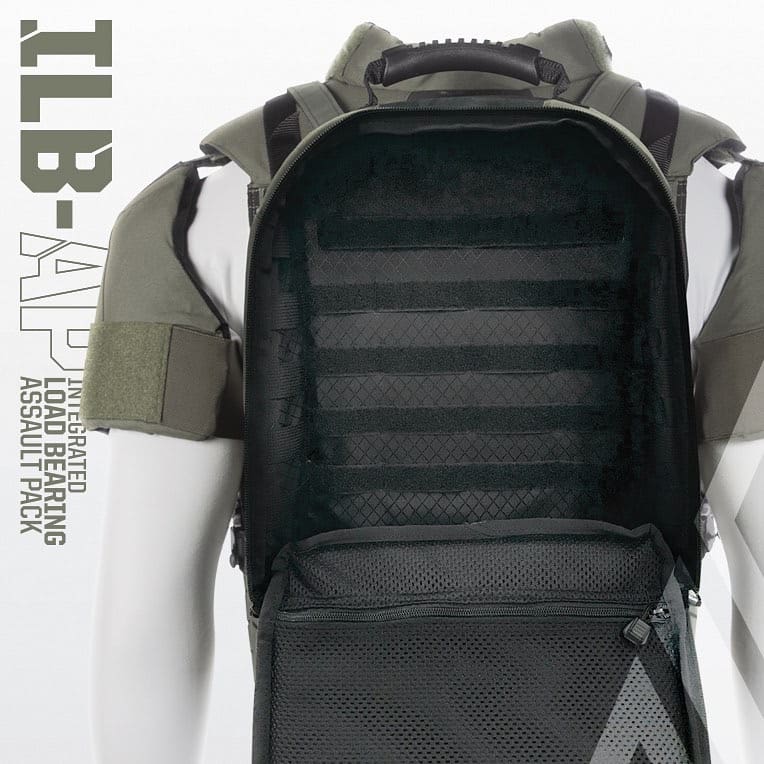Versatile, roomy, and built on Tasmanian Tiger®’s V2-Carrying System for medium to heavy loads, the TT Modular Trooper Pack is the pro’s choice for a military/tactical backpack.
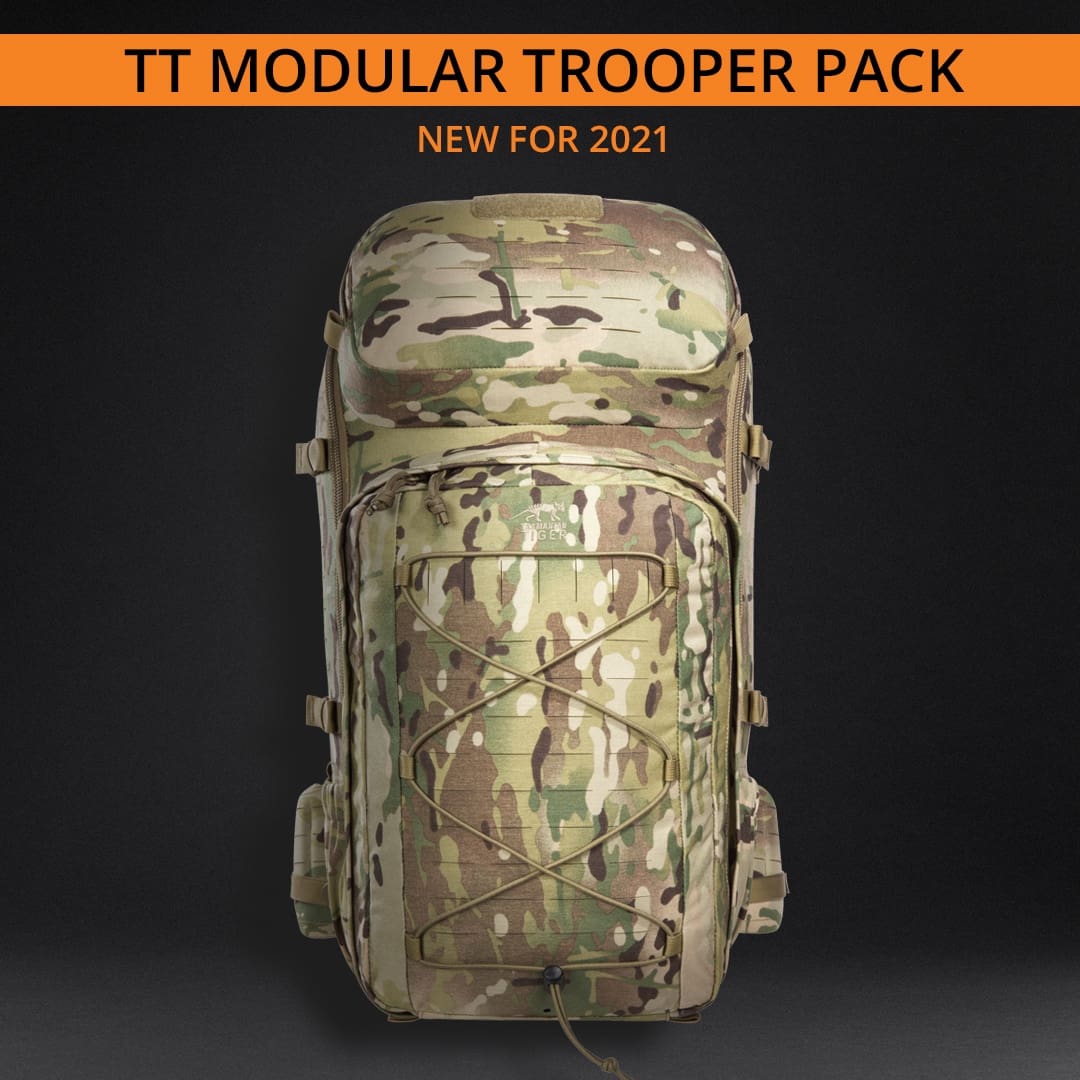
Miramar, Fla. (March 2021) – Tasmanian Tiger®, a tactical nylon line of products distributed exclusively for the US market by Proforce Equipment, Inc., introduces the TT Modular Trooper Pack, a military or tactical backpack designed for all-day comfort built on Tasmanian Tiger’s V2-Carrying System.
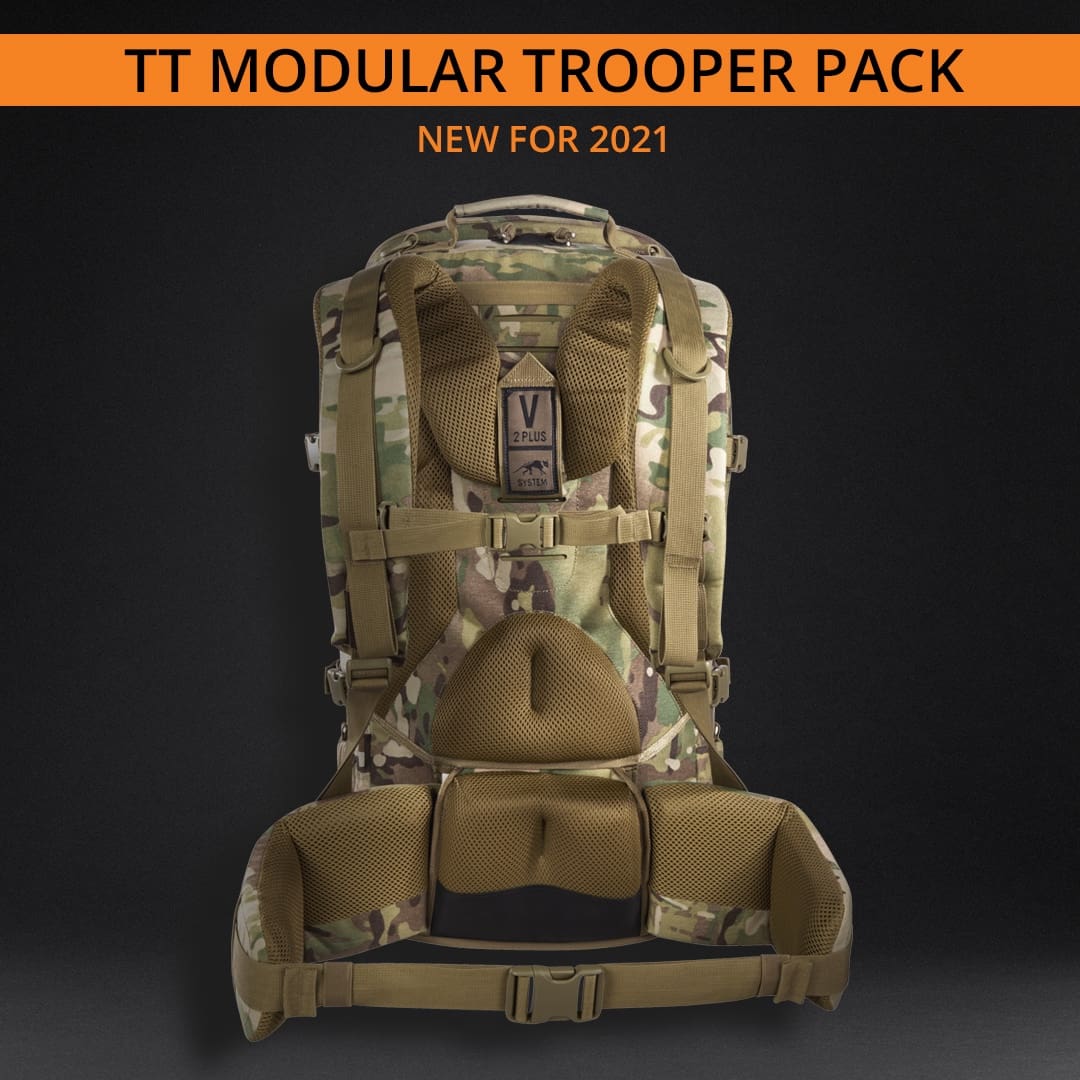
Made to go the distance on any hike or mission, the Modular Trooper Pack features an optimized design with modular functional features including an integrated rain cover and a removable hip belt that can be worn as a Warrior Belt. Fully adjustable, the pack’s back panel can be adjusted to different back lengths and the shoulder straps are adjustable for a just-right fit. Tasmanian Tiger’s V2-Carrying System is a size-adjustable carrying system for medium to heavy loads. Incorporating reinforced fiberglass bars into the system, the TT Modular Trooper Pack efficiently transmits the load across the system so it does not weigh heavily on any one part of the wearer. The technical back padding is conically shaped to help position contact of the backpack to the wearer. The padded, adjustable shoulder straps are ergonomic and load control designed.
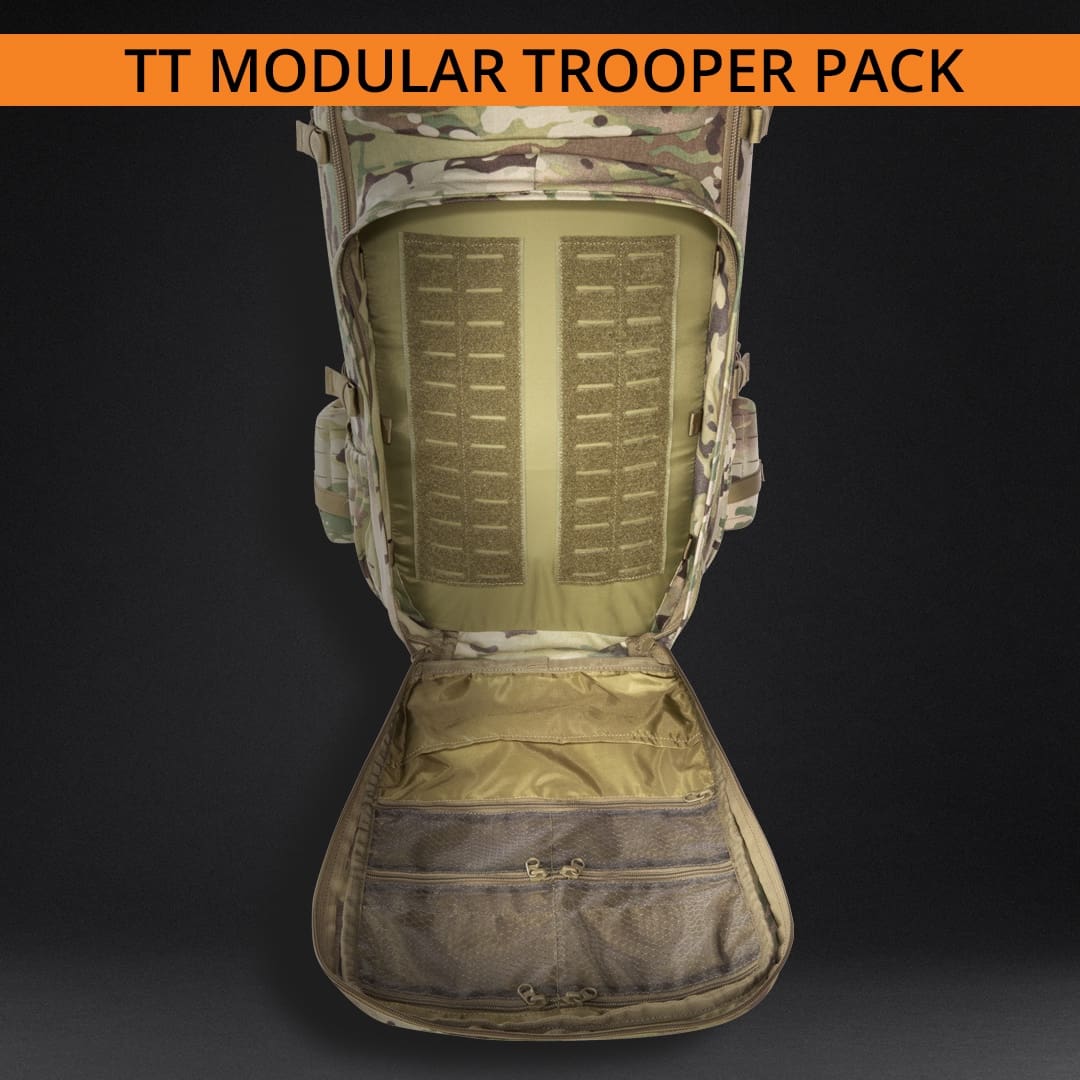
The backpack itself is loaded with carrying features including two outer pockets and a laser-cut MOLLE on the front and sides for customizing with additional pouches or gear. The main compartment opens completely and special zipper guides make it possible to use the pack also as a top-loader. More MOLLE hook-and-loop is on the back panels of the front inside and the main compartment for more customization. Front pockets also have a mesh pouch for quick access gear.
The TT Modular Trooper Backpack holds 55 liters of gear and is made from Cordura® 700 den fabric for weathering the toughest outdoor conditions. Available in black, olive, coyote, or MultiCam for a starting MSRP of $389.00.
For more information on the TT Modular Trooper Pack, click here and find a local dealer here.
